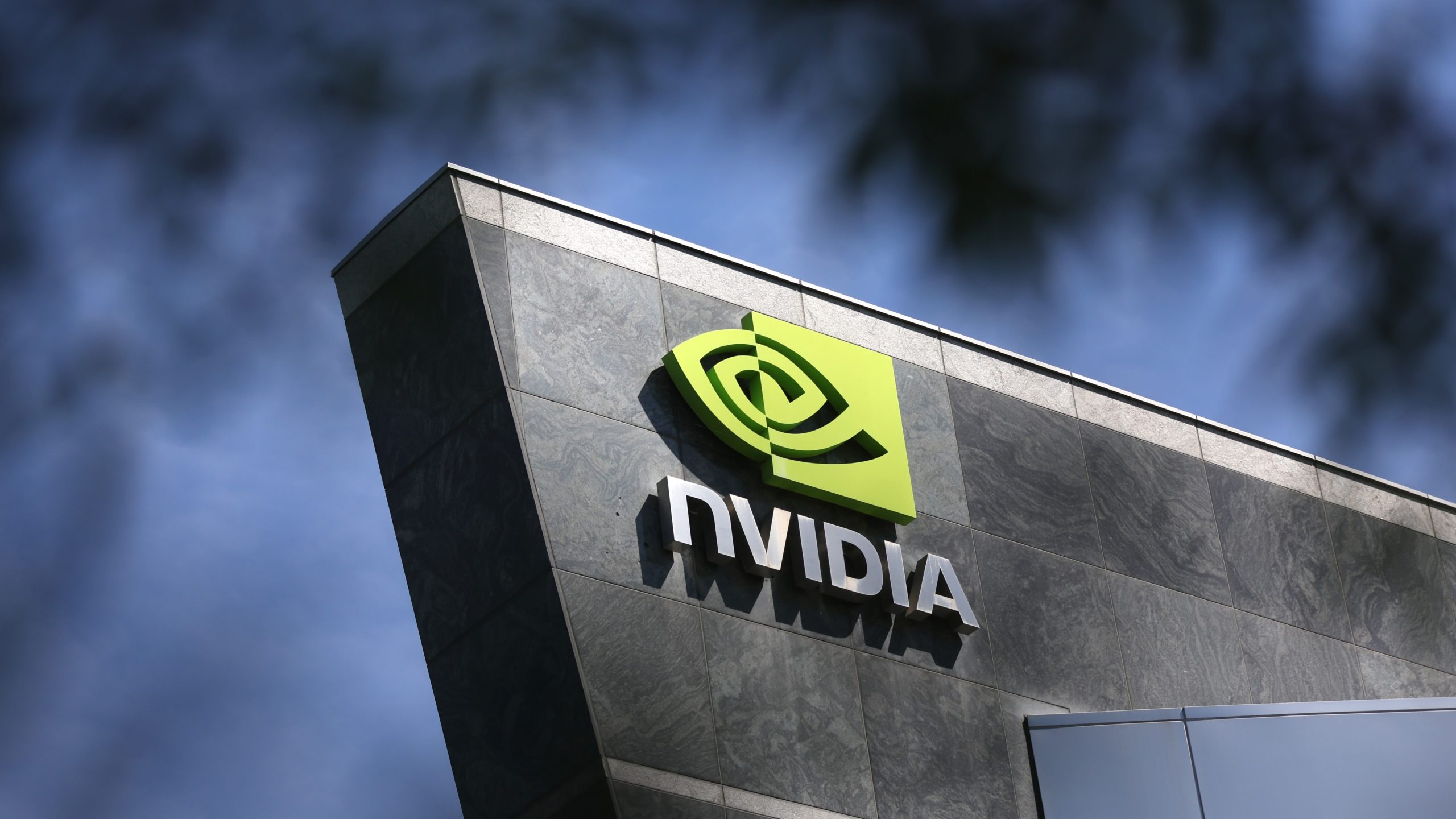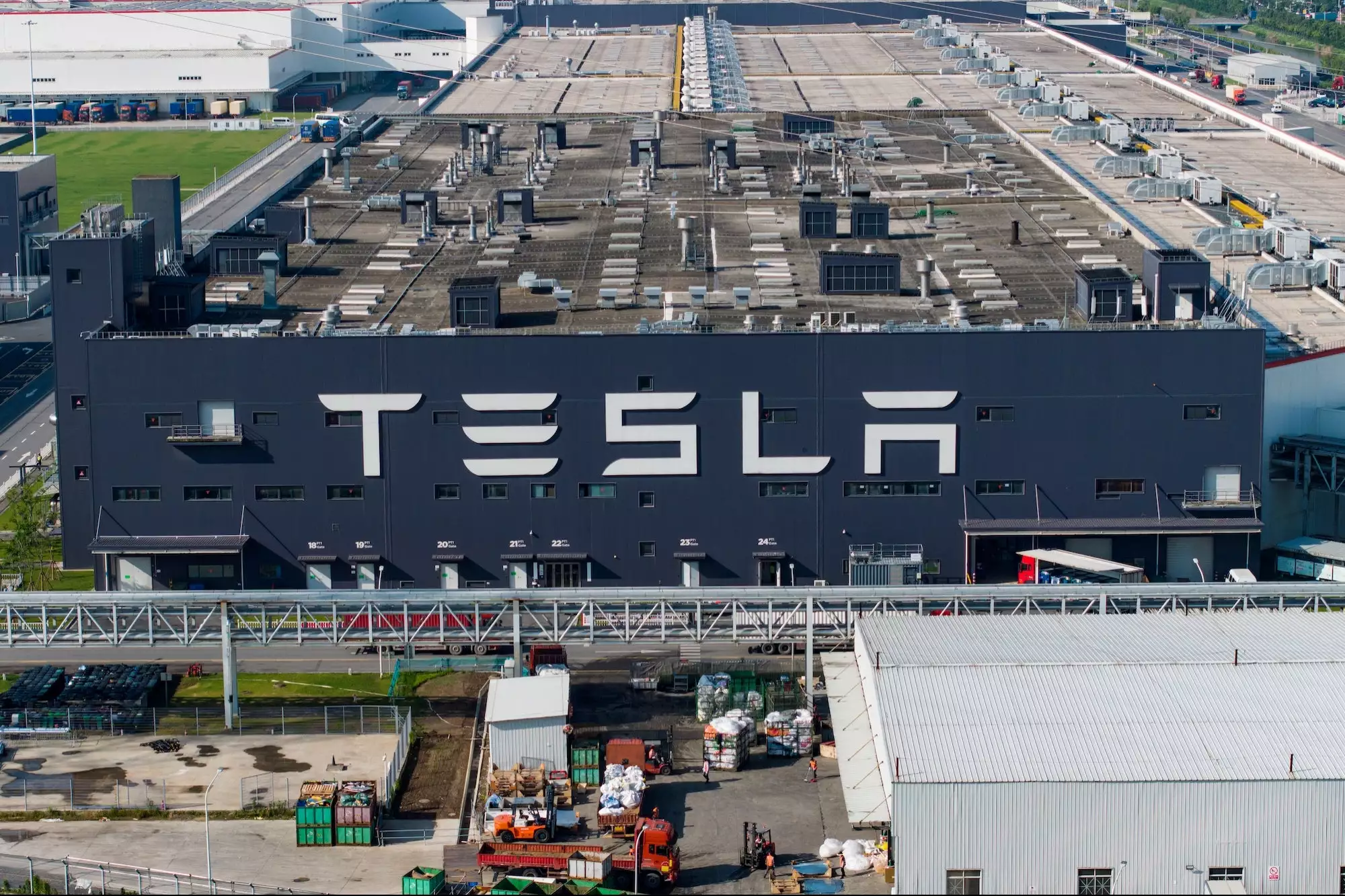Nvidia Corporation (NASDAQ: NVDA) has been enjoying a spectacular run in the stock market, edging tantalizingly close to its all-time high with a mere 0.7% gap.
However, despite its impressive second-quarter earnings, the company seems to have encountered a plateau. This apparent stagnation can be attributed to several compelling factors that suggest the current peak might not be sustainable.
This year, Nvidia’s shares have experienced an extraordinary surge, more than tripling in value, and its market capitalization breaching the $1 trillion mark. Nonetheless, as the stock rally temporarily decreases, it’s prudent to reevaluate the inherent risks that continue to persist.
Nvidia uses a ‘picks and shovels’ strategy to provide tools for industry trends. Generative AI services, like ChatGPT, are setting an unsustainable monthly pricing benchmark of about $20.
Open-source models and startups adopting AI will lower the high pricing of AI services, which may make customers tired of Nvidia’s current pricing strategy. Raymond James estimates Nvidia spends $3,320 to produce its advanced chip, sold for $25,000 to $30,000.
Deutsche Bank analysts have also weighed in, stating that data center customers will likely decelerate their chip purchases to assimilate their existing acquisitions at some point. Following the earnings report, they maintained a ‘Hold’ rating on Nvidia’s stock and advised potential investors to wait for a more favorable entry point.
Nvidia has taken pains to address worries about its growth being excessively reliant on Chinese demand. The company clarified that its revenue proportion from China remains within the historical average range of 20% to 25%. Furthermore, it asserted that even stricter regulatory restrictions would not substantially impact its financial outcomes.
However, the long-term hazards cannot be dismissed. Nvidia’s Chief Financial Officer, Colette Kress, emphasized that sustained restrictions on selling data center GPUs to China could result in a lasting loss of opportunities for the U.S., highlighting the geopolitical challenges ahead.
China’s economic challenges add another layer of complexity. Nvidia’s second-quarter automotive revenue slid by 15%, primarily due to reduced demand in China. As the nation contends with economic uncertainties, major Nvidia clients like Baidu, ByteDance, Tencent, and Alibaba might opt for local chip suppliers rather than paying a premium for Nvidia’s offerings.
Recent reports from China have indicated that the head of AI company HKUST Xunfei has claimed that Huawei’s compute GPU capabilities now rival Nvidia’s A100—an advanced chip that Nvidia cannot sell to Chinese customers.
Although Nvidia currently boasts an impressive 90% market share in graphics-processing units for AI applications, this dominance is not guaranteed in perpetuity. Advanced Micro Devices (AMD) is poised to introduce its MI300 data-center GPU, potentially exploiting any vulnerabilities in Nvidia’s supply chain to capture market share.
Interestingly, Nvidia’s clients are shaping up as potential competitors. Under Alphabet Inc. (NASDAQ: GOOGL), Google deploys its custom Tensor Processing Units (TPUs), complementing its AI endeavors in partnership with Nvidia. Amazon.com Inc. (NASDAQ: AMZN) has also ventured into custom chip development, offering alternatives to Nvidia’s GPUs.
Despite its strong position in hardware and software, Nvidia faces challenges that could harm investor trust. High market expectations and obstacles could impact its upward trend.







